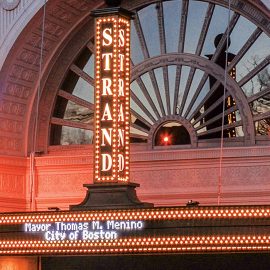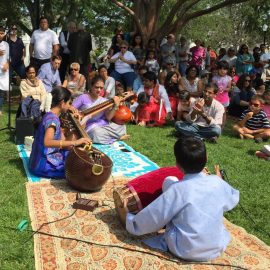Case studies are based on projects by MAPC and other public, non-profit, and private organizations in Massachusetts, New England and throughout the US. They are divided into three themes for cultural planning, creative placemaking, and public arts & culture. Use
Arlington Arts and Culture Action Plan
Boston’s Latin Quarter Cultural Plan
Case Study: Upham’s Arts and Innovation District
Percent for Art Examples
Percent for Art Programs OVERVIEW What are the indicators of a successful percent-for-art program? How do you move from an ordinance or policy document to a robust program? And how do communities of different sizes design and implement percent-for-art policies
Creative Economy
Creative Economy OVERVIEW An important area of planning and policymaking is nurturing the economic development of the sector. This work includes ensuring the economic strength and sustainability of small, mid-sized, and large arts organizations and small individual artists/producers. It also
Case Study: Natick Center Cultural District
Percent for Art
What is Percent-for-Art? OVERVIEW Percent-for-art programs allocate a small portion of capital construction or renovation budgets (usually one percent) for the purchase, commissioning, and installation of artworks. Percent for art programs are one effective way for states and territories to
Cultural Planning
Cultural Planning OVERVIEW Cultural planning is a place-based planning process that generates a vision and action plan for strengthening and growing arts and culture assets. Cultural plans may include goals and strategies that address topics including: social cohesion; community engagement;
Cultural Asset Mapping
What is Cultural Asset Mapping? OVERVIEW Cultural asset mapping is a foundational step in cultural planning. It rests in the belief that there are valuable assets – in the form of people, places, associations and organizations – and that recognizing, counting,



